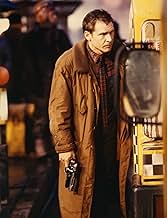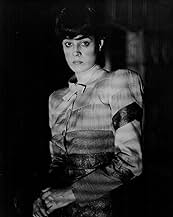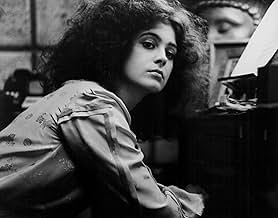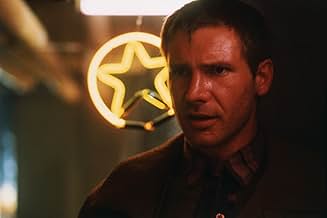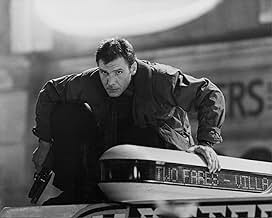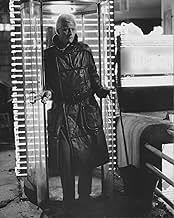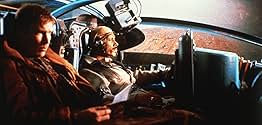Un agent d'une unité spéciale, un blade runner, doit poursuivre et éliminer les quatre répliquant qui ont volé un navire dans l'espace et sont retournés sur Terre pour trouver leur créateur.Un agent d'une unité spéciale, un blade runner, doit poursuivre et éliminer les quatre répliquant qui ont volé un navire dans l'espace et sont retournés sur Terre pour trouver leur créateur.Un agent d'une unité spéciale, un blade runner, doit poursuivre et éliminer les quatre répliquant qui ont volé un navire dans l'espace et sont retournés sur Terre pour trouver leur créateur.
The Life and Times of Harrison Ford
The Life and Times of Harrison Ford
Take a look back at Harrison Ford's movie career in photos.
Everything New on Netflix in March
Everything New on Netflix in March
No need to waste time endlessly scrolling — here's the entire lineup of new movies and TV shows streaming on Netflix this month.








